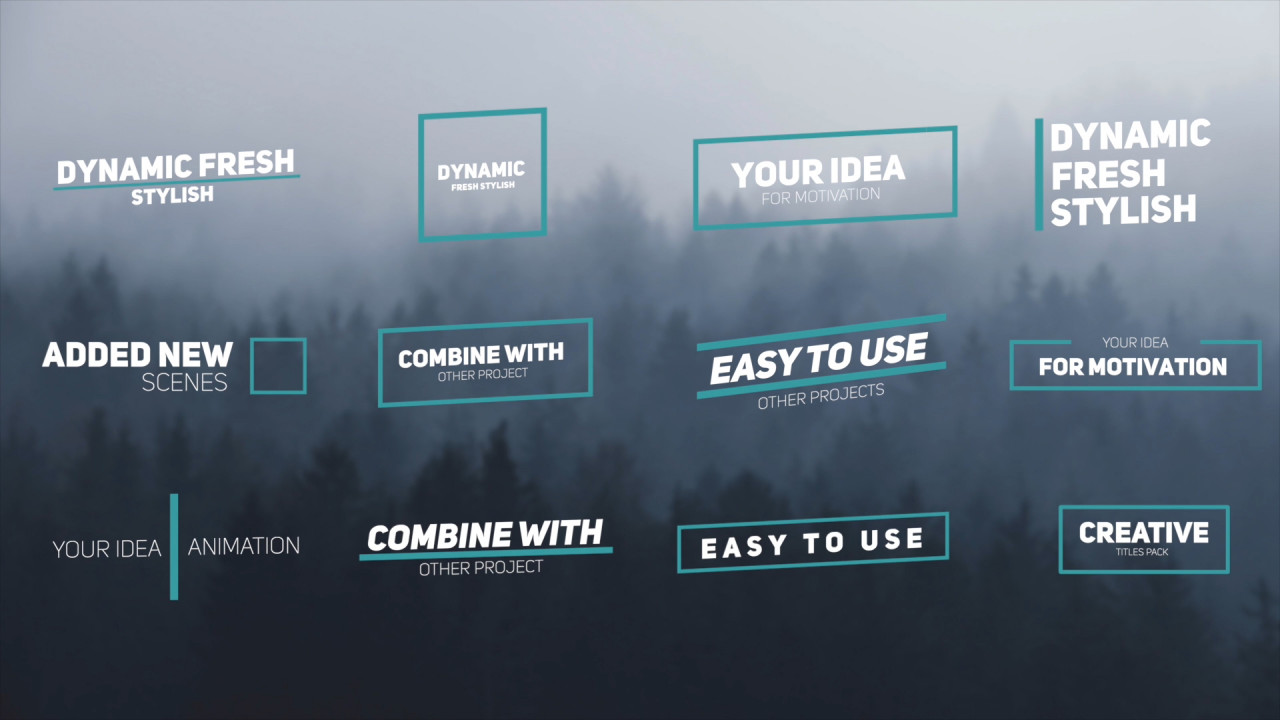
It works like this, when you enlarge or reduce an image, rather than just jump to the final amount, scale it up or down at 10% at a time. There is a “secret squirrel handshake” for experienced Photoshop users “in the know.” This secret is often credited to Fred Miranda, for discovering the stair step interpolation. I’ve used this successfully for a ton of images over the years… like scaling an 8×10 image at 100% for example up to 3 or 4 feet for signage or posters where a raster based image (photo) is too complex to convert to vector based graphics (which do scale indefinitely).
#Final cut pro titles pixelated how to#
This may or may not be relevant based on what method you’re using to scan or scale images, but many years ago I attended a PShop training seminar and the single most valuable trick I learned was how to resize images without image loss or pixelation by doing the “stair step” method (see below from, which avoids sampling odd or random numbers of pixels and “interpreting” them when making large jumps in size both up and down and introduces artifacts).


#Final cut pro titles pixelated full size#
They are displayed here at a reduced size, but you can see the full size by clicking an image. All images were processed in Photoshop at 100%. Difference highlights differences in both color and grayscale. 1920 x 1080, ProRes 422 manually scaling each image to fitįinally, I took each set of images back into Photoshop and compared them to the original using the Difference blend mode.1920 x 1080, ProRes 422 using Spatial Conform > Fit to scale images to fit.1920 x 1080, ProRes 4444 manually scaling each image to fit.1920 x 1080, ProRes 4444 using Spatial Conform > Fit to scale images to fit.I then created the following projects and exported stills from each: This became my reference image.įrom this source image, I then scaled and exported two more images in Photoshop, one at an arbitrary 16×9 size and the other exactly the size of the project I would use for testing. Using Photoshop I cropped – not scaled – the source image to 3840 x 2160. It has lots of detail with a full range of grayscale values and good color. It was shot on an iPhone at 4K resolution. NOTE: I didn’t test scaling any small images larger to fill the frame size of an FCP timeline because scaling small images larger than 100% always makes them look blurry and pixelated
(Remember, though, that scaling any still image larger than 100% causes it to look increasingly blurry.) If you DO need to create moves on still images, such as pans or zooms, you must scan or create images larger than the project frame size to retain image quality.


 0 kommentar(er)
0 kommentar(er)
